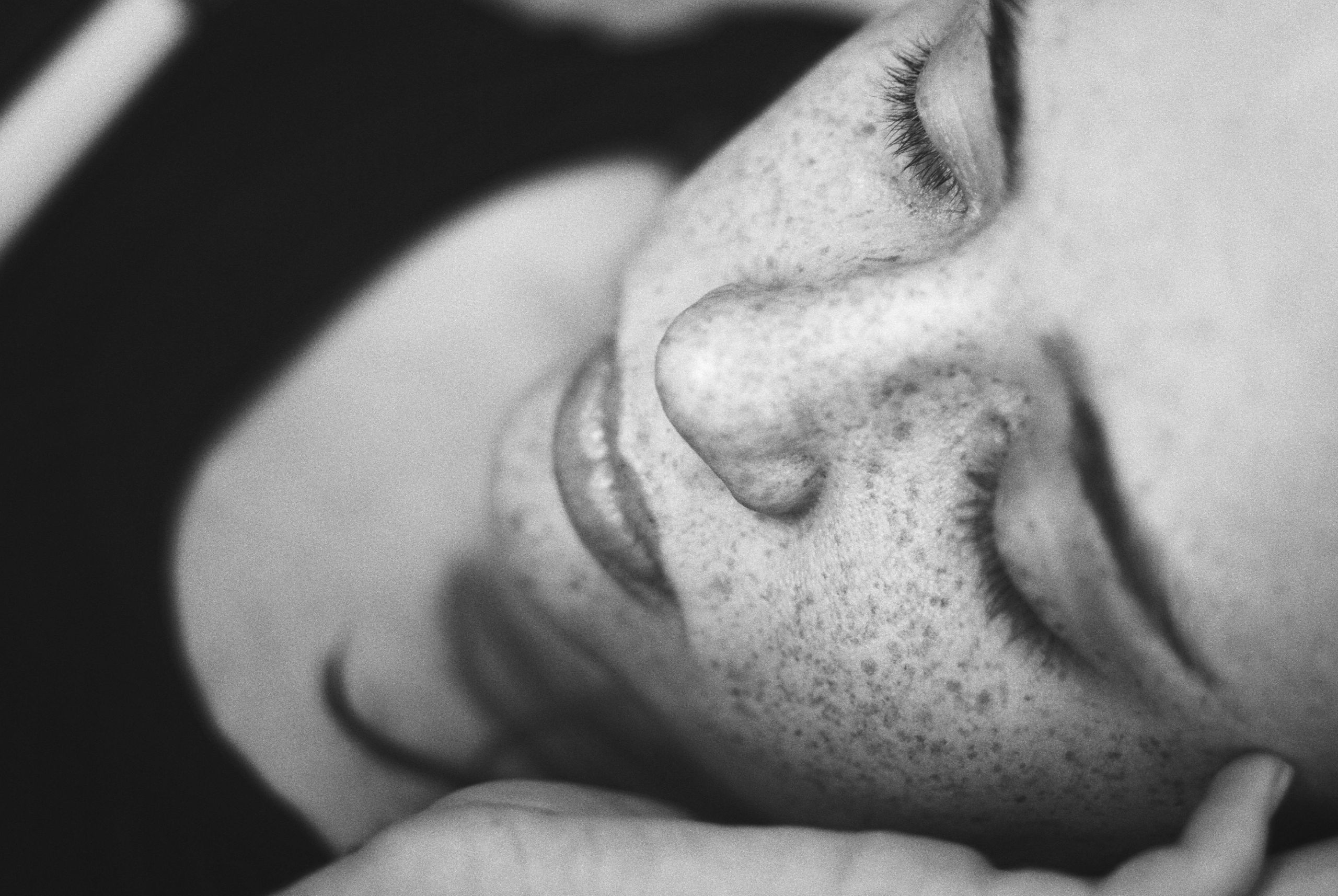Exercise can trigger a migraine – here’s the solution
If you are struggling with migraines after exercising, you are not alone. Exercise is great for your health but can also be a migraine trigger. So how do you work out without ending up with a migraine? Here are some practical solutions to help you avoid exercise-induced migraines.
Exercise as a migraine trigger
Unless you have been living under a rock, you know that exercise is good for you. Exercise improves a great number of factors in your life such as sleep, mental health, heart rate etc. It also relieves stress and releases endorphins.
That’s why it is so incredibly frustrating to get a migraine after a finished workout. You end up becoming afraid of exercising again and want to give up on the idea. So why is exercise a trigger? There isn’t one answer to that question. The list of reasons why is actually comprehensive. Some of them are👇
- dehydration – if you haven’t consumed enough fluids before, during and exercising
- low blood sugar – if you have not eaten enough before working out
- tensions – strenuous exercise can cause stiff, aching muscles which can lead to a migraine
- environmental factors – such as bad air quality, strong scents, flickering lights, loud music etc in the gym
- CGRP – a brain chemical that gets released during exercise and can trigger a migraine
Warm up to avoid a migraine
As exercise is crucial to maintaining a good health, it is essential to find a way to stay active without triggering a migraine.
Warming up can help regulate your blood flow and prepare the body for activity. If you warm up, you allow for a gradual increase in the blood flow and circulation, hopefully avoiding a migraine later on. Warming up also loosens tight muscles and improves flexibility so you hopefully avoid tensions building up during your workout. Warm-ups can also function as a transition period which helps you to reduce mental stress. Stress is a well-known migraine trigger.
By incorporating a 5-10 minute warm-up routine before exercise, you can significantly reduce the risk of a migraine attack. Find out what works for you in terms of warming up. Some do light cardio while others do stretches. Make notes in your Migraine Calendar so you know what works for your body and what doesn’t.
Preparation is key
Besides warming up, there are other ways to prepare your body for exercise. Dehydration and low blood sugar are migraine triggers so make sure that you have food and fluids in your stomach before working out.
Some benefit greatly from taking electrolytes. Electrolytes ensures hydration before you start sweating during exercise. They also help with your muscle function (e.g. prevent cramps), metabolism and endurance. By consuming electrolytes beforehand, your body becomes more prepared for a workout and hopefully help you to avoid a migraine.
What exercise should I choose?
Finding an exercise that you find enjoyable and doesn’t trigger your migraine can be like finding a needle in a haystack. You’ll most likely have to go through some trial and error before finding the ideal exercise.
However, studies have shown that mild exercise are the most beneficial for migraine sufferers, for example jogging, swimming, dancing, yoga, cycling and brisk walking. Start out slow in order for your body to get used to moving in a different way. It is better to exercise a little bit than to not exercise at all. A lot of us are impatient and want to see results right away but the key here is to accept that your body needs to take it slow. The process of learning to exercise without getting a migraine can be long and frustrating.
Try exercising 3 times a week for at least 6 weeks to figure out if it has an effect. And experiment with what works for you. If you know that bad air quality or loud noises triggers a migraine, stay away from the gym. If brisk walking works for you, remember sunglasses if sun is a trigger for you. Again, preparation is key.
If you have absolutely no clue in terms of what exercise you like, most gyms offer free introductory classes. And if you’ve already tried different kinds of exercises that led to a migraine, the next step could be getting a personal trainer. A personal trainer will tailor a programme to match your specific needs and can offer you guidance as to work out without it leading to a migraine.
Don’t give up
Remember, finding the right exercise routine that doesn’t trigger migraines is unique for everyone. Stay patient, listen to your body and don’t give up. With careful preparation, gradual progression, and consistent tracking, you can enjoy the benefits of exercise without fear of migraines.
To help you on this journey, consider using a Migraine Calendar to track your workout, triggers, and symptoms. This valuable tool can provide insights into what works best for you, helping you create a personalised approach to exercise that keeps migraines at bay.

About the author: Linda C.
I have been suffering from chronic migraines and headaches for more than 20 years so unfortunately, I know a thing or two about migraines.
I hope that by sharing knowledge and insights about migraine, you can manage the disorder more efficiently.



